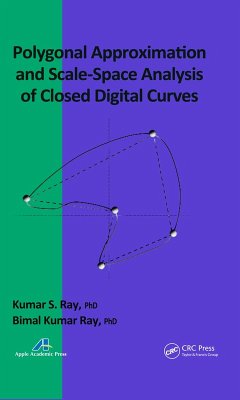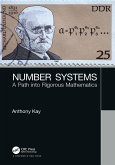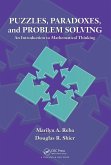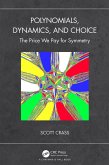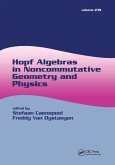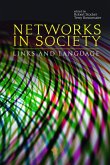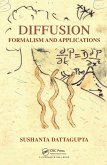This book covers the most important topics in the area of pattern recognition, object recognition, computer vision, robot vision, medical computing, computational geometry, and bioinformatics systems. Students and researchers will find a comprehensive treatment of polygonal approximation and its real life applications. The book not only explains th
Dieser Download kann aus rechtlichen Gründen nur mit Rechnungsadresse in A, B, BG, CY, CZ, D, DK, EW, E, FIN, F, GR, HR, H, IRL, I, LT, L, LR, M, NL, PL, P, R, S, SLO, SK ausgeliefert werden.
Hinweis: Dieser Artikel kann nur an eine deutsche Lieferadresse ausgeliefert werden.

